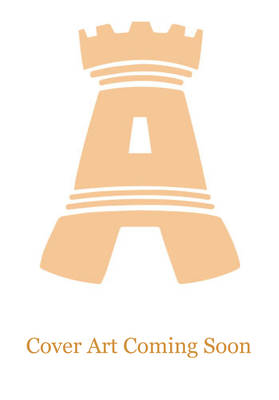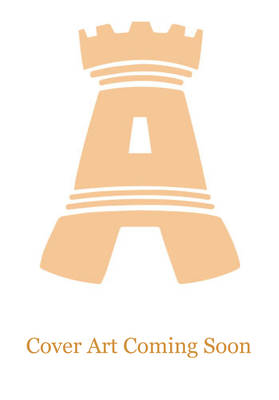
Je cadeautjes zeker op tijd in huis hebben voor de feestdagen? Kom langs in onze winkels en vind het perfecte geschenk!
- Afhalen na 1 uur in een winkel met voorraad
- Gratis thuislevering in België vanaf € 30
- Ruim aanbod met 7 miljoen producten
Je cadeautjes zeker op tijd in huis hebben voor de feestdagen? Kom langs in onze winkels en vind het perfecte geschenk!
- Afhalen na 1 uur in een winkel met voorraad
- Gratis thuislevering in België vanaf € 30
- Ruim aanbod met 7 miljoen producten
Zoeken
Omschrijving
In the early 1960s the British airline scene was dominated by the nationalized carriers British European Airways and British Overseas Airways Corporation. The independent sector was mainly composed of small charter companies, under-financed and prone to commercial failure without notice. Two notable exceptions were Airwork Ltd and Hunting-Clan, both of which had secured government troop-carrying contracts. Their shipping-line owners were hungry for the security of scheduled passenger route licenses and were convinced that their future lay in amalgamation. In July 1960 these airlines were merged to form British United Airways (BUA), based at London's new Gatwick Airport. From here, a network of services to Europe, Africa and South America was developed, and pioneering orders for new British-built jets were placed. During 1969 BUA carried 1.4 million passengers and its mainline fleet comprised 16 BAC One-Elevens and 4 VC-10s.In 1969 a report on Britain's airlines recommended the creation of an even larger 'second-force' airline to provide viable competition for BEA and BOAC and the foreign carriers. This would lead to the takeover of BUA by ambitious charter specialist Caledonian Airways and the eventual establishment of British Caledonian Airways, after a decade of growth and innovation by British United Airways had shown the way.
Specificaties
Betrokkenen
- Auteur(s):
- Uitgeverij:
Inhoud
- Aantal bladzijden:
- 96
- Taal:
- Engels
Eigenschappen
- Productcode (EAN):
- 9781398123656
- Verschijningsdatum:
- 17/03/2026
- Uitvoering:
- Paperback
- Formaat:
- Trade paperback (VS)
- Afmetingen:
- 165 mm x 234 mm

Alleen bij Standaard Boekhandel
+ 44 punten op je klantenkaart van Standaard Boekhandel
Beoordelingen
We publiceren alleen reviews die voldoen aan de voorwaarden voor reviews. Bekijk onze voorwaarden voor reviews.









